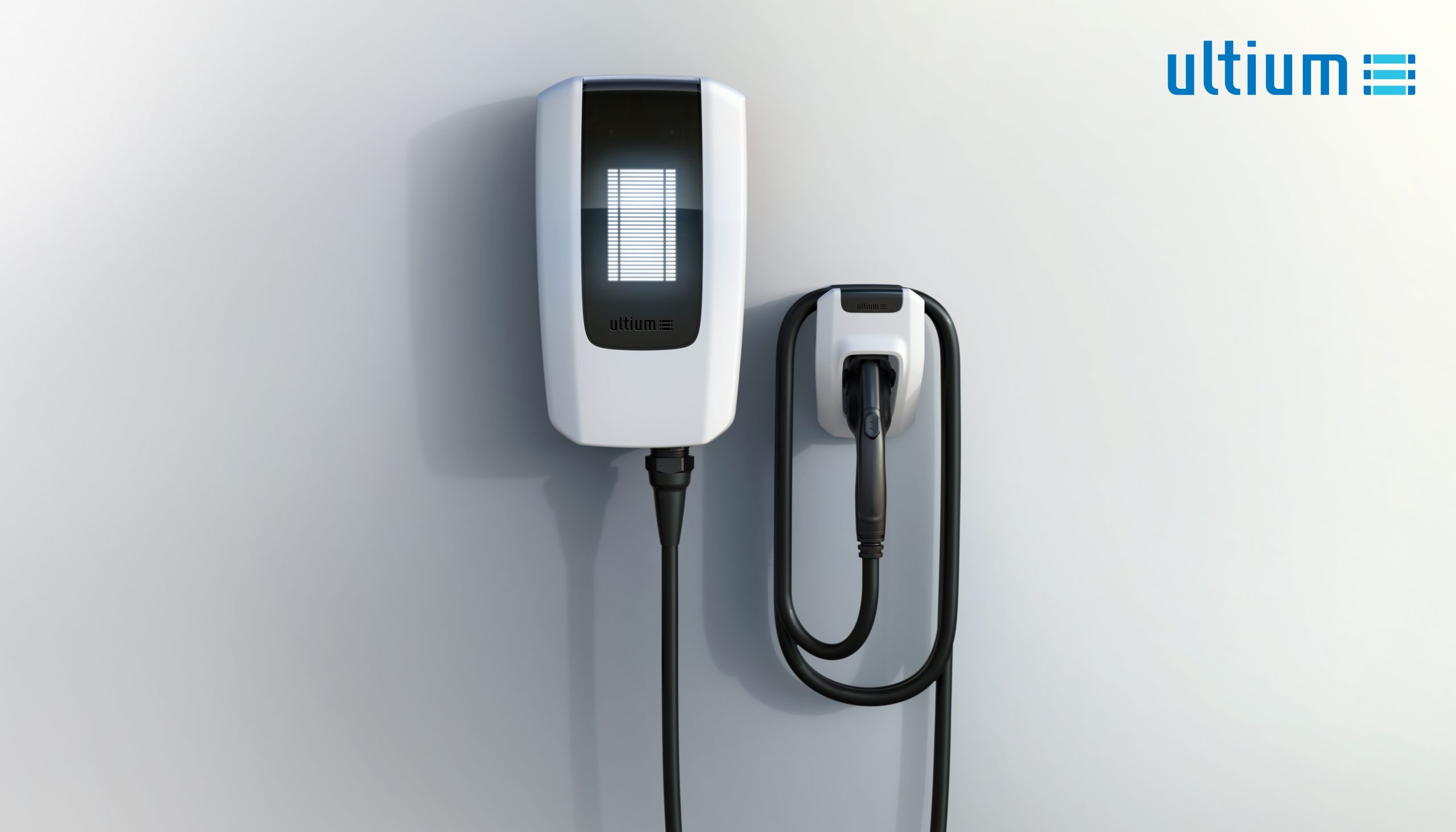General Motors today announced it will make up to 10 of its new lineup of Ultium EV battery chargers available to dealers to install where needed, be that at the softball/soccer park, at the mall, or anywhere they know the need is great. And these chargers will work for most EVs, either existing or planned. Called the Dealer Community Charging Program, GM will rely on its community-based network of dealers to understand where Level 2 charging is needed most. A key to this is that, according to GM, nearly 90 percent of the U.S. population lives within 10 miles of a GM dealership.
GM-Trucks yesterday spoke to Alex Keros, GM’s architect for EV infrastructure. “With this initiative, GM will expand its network of Level 2 charging stations in all types of communities, be they urban, suburban, or rural. We rely on our dealers to know their community, and this will result in up to 40,000 new fast charging stations in our nation”
GM also announced three Ultium-branded smart chargers. All are fast and adhere to SAE J1772 providing compatibility with most brands. Thus, EV owners and intenders may better plan for owning a GMC HUMMER EV, LYRIQ, or one or-more Bolt EV/Bolt EUVs. Interestingly, Keros said his typical use of his families’ Bolt EV “requires only Level 1 overnight charging as my commute is under 40 miles per day. If you own, soon, a GMC HUMMER EV or a Bolt EV plus a Bolt EUV, a 19.2kW L2 charger likely is a better choice.”
GM’s family of Ultium Chargers will include:
- An 11.5 kilowatt/48-amp smart charger
- An 11.5 kW/48-amp premium smart charger
- A 19.2 kW/80-amp premium smart charger
Pricing and distribution will become clearer in Q1 2022 when the products go on sale.
“These two initiatives are part of our plan to put everyone in an EV, making access to charging even more seamless than before,” said GM President Mark Reuss. “We want to give customers the right tools and access to charging where and when they need it, while working with our dealer network to accelerate the expansion of accessible charging throughout the U.S. and Canada, including in underserved, rural and urban areas.”

